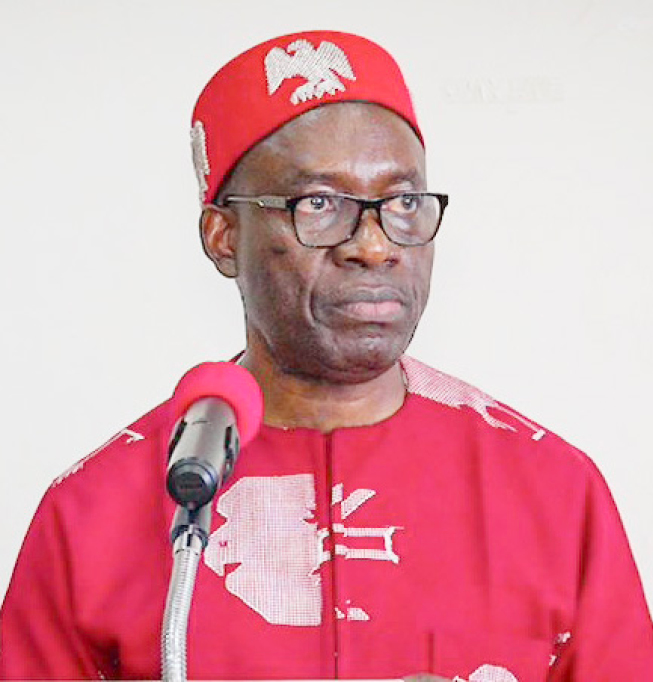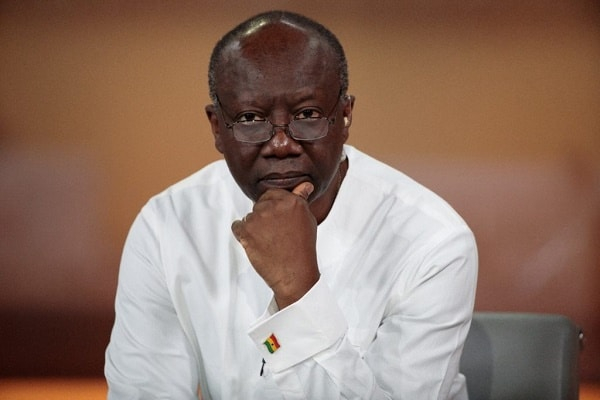and U.S. fiscal risks.The
BSE Sensex fell 636 points, or 0.78%, to close at 80,737, while the NSE
Nifty declined 174 points, or 0.7%, to settle at 24,542. Earlier in the session, the Sensex had plunged as much as 798 points to 80,575, while the Nifty touched a low of 24,502.
The total market capitalisation of all BSE-listed companies declined by Rs 2.5 lakh crore to Rs 443 lakh crore.
Investor sentiment weakened after U.S. President Donald Trump announced plans to double tariffs on imported steel and aluminium to 50%, effective June 4, 2025. The move has raised concerns for Indian metal exporters such as
Tata Steel,
Hindalco, and
JSW Steel.
India exported over $4.5 billion worth of these metals to the U.S. in FY25. While the near-term impact may be limited, the tariff hike adds to global uncertainty.
“President Trump’s 50% tariffs on steel and aluminium is a clear message that the tariff and trade scenario will continue to be uncertain and turbulent,” said Dr. VK Vijayakumar, Chief Investment Strategist at
Geojit Financial Services.
Markets are also closely watching a potential call between Trump and Chinese President Xi Jinping, with trade tensions between the world’s two largest economies still simmering.
Recent data showed contraction in U.S. manufacturing for a third consecutive month. In China, factory activity also declined for the first time in eight months, indicating that U.S. tariffs are beginning to affect global demand and supply chains.
These developments have weighed on U.S. and Asian markets alike, with Nasdaq and S&P 500 futures falling over 0.5%. In Europe, the STOXX 600 index slipped 0.45%, while London’s blue-chip FTSE 100 dropped 0.36%.
Rate-sensitive sectors like banks, financials, autos, and consumer stocks came under pressure as investors await the RBI’s monetary policy outcome on Friday. While a 25-basis-point rate cut is widely anticipated, uncertainty around the central bank's commentary and forward guidance has led to profit-booking.
The Nifty Bank and Financial Services indices were down around 0.7%, while Auto and FMCG also slipped up to 0.5%.
Markets are also reacting to news that the U.S. Senate will begin discussing a new $3.8 trillion tax-and-spending bill. This comes at a time when the U.S. federal debt has already crossed $36.2 trillion.
The potential for increased government borrowing has pushed long-term U.S. bond yields closer to the critical 5% level, putting pressure on equity markets worldwide.
Crude oil prices have remained volatile due to geopolitical tensions and tighter-than-expected supply. Brent crude hovered around $64.58 per barrel, while WTI traded at $62.46.
Both contracts gained nearly 3% in the previous session after the Organization of the Petroleum Exporting Countries and allies, known as OPEC+, agreed to keep output increases in July at 411,000 barrels per day — less than some in the market had feared and in line with hikes over the past two months.
OPEC+’s restrained approach and tensions around Iran’s nuclear deal have further clouded the supply outlook. Higher crude prices typically impact India’s trade balance and fuel inflation, dampening investor sentiment.
6. Rate Cut Expectations in the U.S.
Earlier, Fed Governor Christopher Waller suggested that rate cuts could still happen this year, depending on upcoming economic data. Markets are currently pricing in a 75% chance of a rate cut in September, but no firm signals have come from the Fed yet—adding to the uncertainty.












